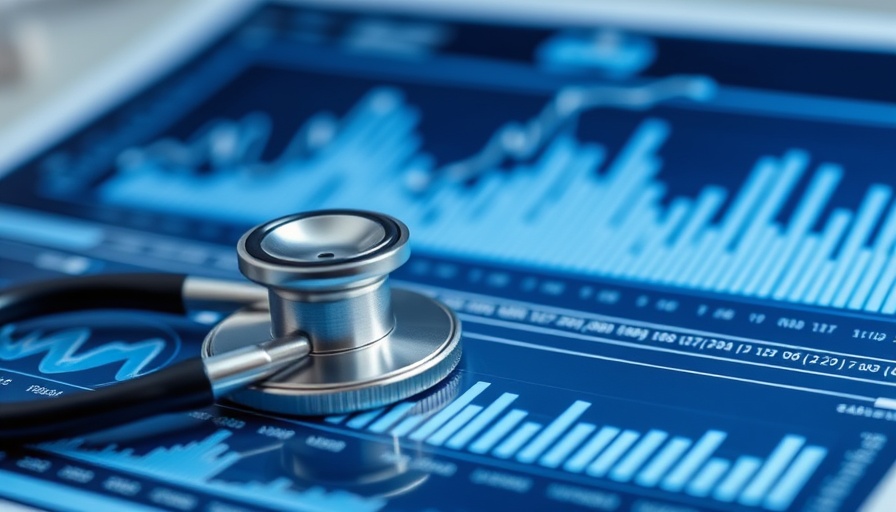
The Imperative Need for EMR Interoperability for EMS Teams
As we navigate the complexities of modern healthcare, one challenge stands out: ensuring effective emergency medical service (EMS) interoperability in electronic medical records (EMRs). Historically, discussions have centered around hospitals and the necessary technology for electronic health records (EHRs). However, in an era where seamless information flow can save lives, it’s crucial to include EMS teams in this dialogue. These responders often encounter patients far from the hospital, and their access to timely and accurate patient data can greatly enhance outcomes.
Understanding the Different Types of Medical Records
Clarifying definitions is imperative to understanding the interoperability landscape:
- Electronic Medical Record (EMR): Digital charts used by a single healthcare organization, typically a hospital, to manage patient care.
- Electronic Health Record (EHR): An interoperable record that follows patients across multiple providers, fostering continuity of care.
- Electronic Patient Care Report (ePCR): This document serves as the first clinical record completed by EMS in the field, documenting vital signs, treatments, and more.
True interoperability mandates that data generated during EMS responses can be effectively utilized by hospitals, ensuring every party involved is informed and prepared for effective patient treatment.
The Impact of Interoperability on Patient Care
When EMS and hospitals operate in silos, it hinders not just efficiency but creates risks for patients. Streamlining data exchange enhances:
- Field Decision-Making: Real-time access to patient histories allows EMS providers to deliver safer and more personalized care.
- Hospital Handoffs: Effortless transfer of ePCR data to hospitals ensures continuity and minimizes the risk of data loss.
- Compliance and Documentation: Automated entries support audits and quality improvements, solidifying legal documentation practices.
These components are essential as EMS now plays an integrated role in broader healthcare models. Recognizing the importance of interoperability means recognizing the evolving nature of care delivery.
A Call for Change in Healthcare Data Practices
As healthcare continues to move towards value-based care, the time has come for EMS teams to be acknowledged as critical players in the patient care continuum. It is essential for health systems to invest in technology that bridges the gap between prehospital and hospital care, ensuring comprehensive data sharing and better patient outcomes. Proactive steps must be taken to elevate the role of EMS in healthcare discussions, advocating for the tools that can transform emergency response.
 Add Row
Add Row  Add
Add 




Write A Comment